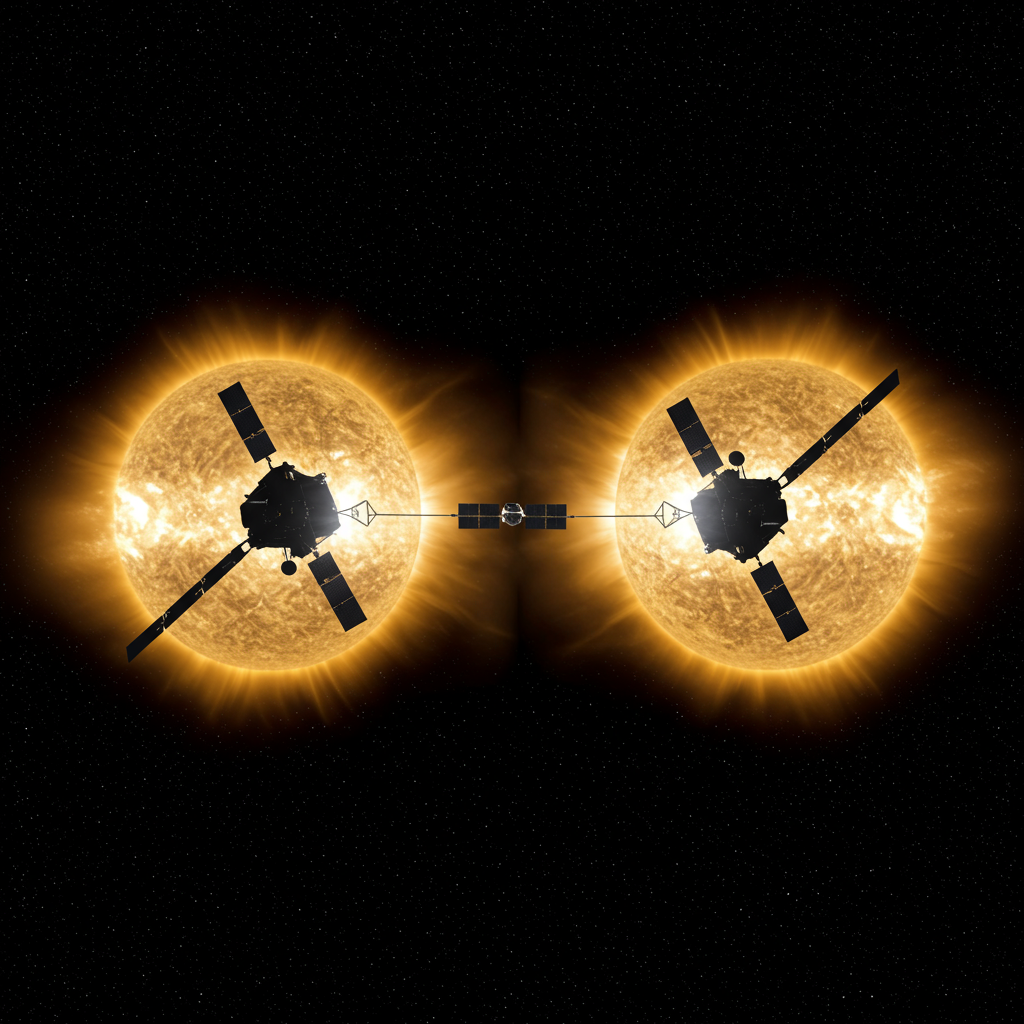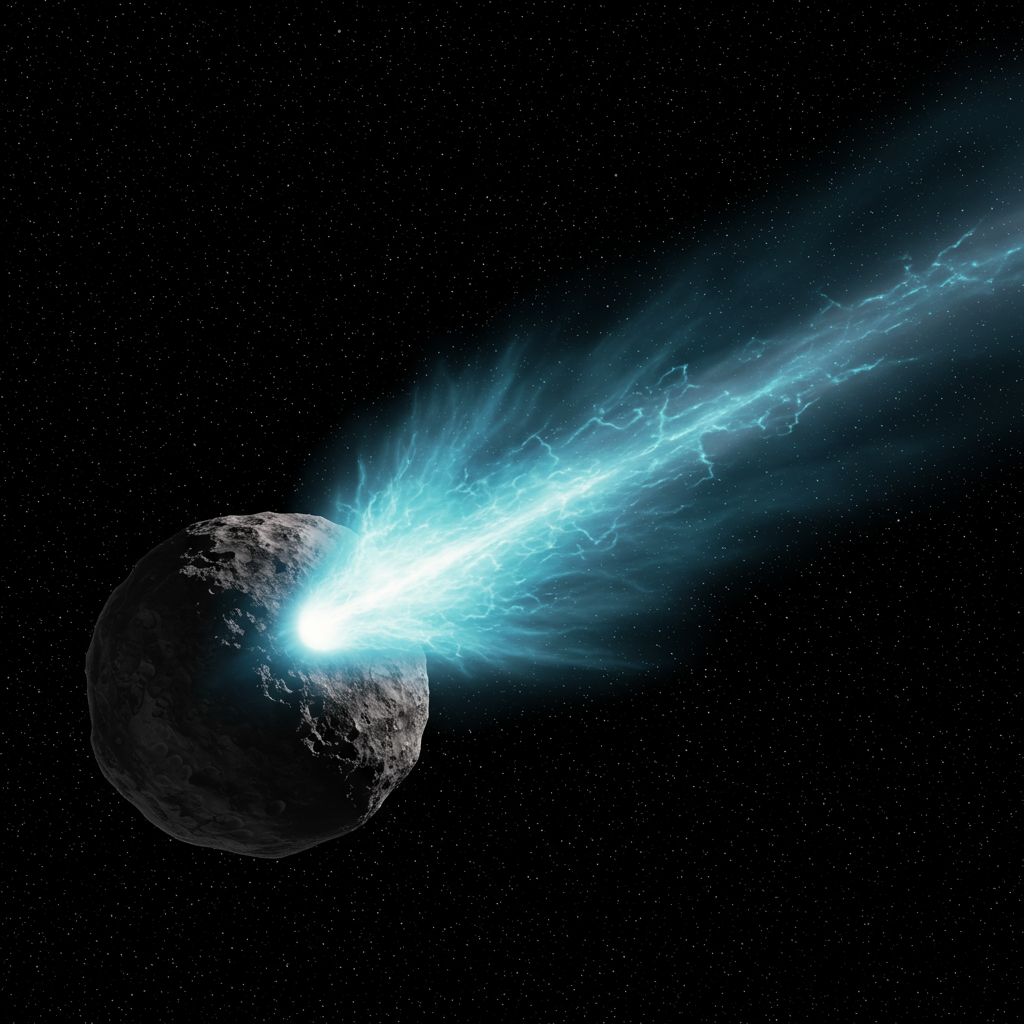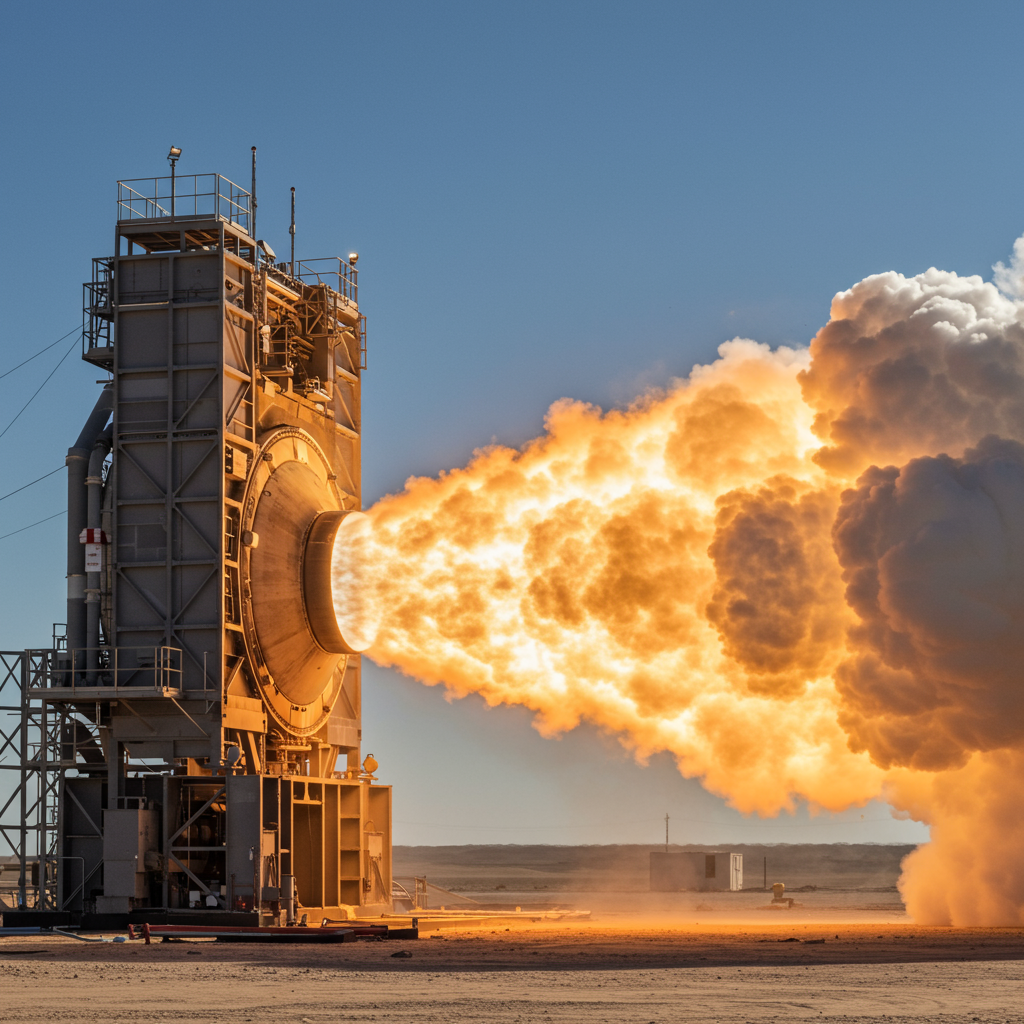Scientists are gaining unprecedented access to the sun’s elusive outer atmosphere, the corona, thanks to a groundbreaking achievement by the European Space Agency (ESA). A pair of ESA satellites, part of the innovative Proba-3 mission, have successfully created the first artificial solar eclipses by flying in incredibly precise formation in space.
This unique capability provides scientists with hours of on-demand “totality,” mimicking a natural total solar eclipse where the moon perfectly blocks the sun’s bright disk, revealing the fainter corona.
How Proba-3 Creates Its Own Eclipse
The $210 million Proba-3 mission utilizes two cube-shaped spacecraft, each less than 5 feet (1.5 meters) in size, working in concert. Launched in late 2024, the duo began their intricate dance in March 2025, orbiting tens of thousands of miles above Earth.
The Occulter Satellite: One spacecraft acts as a massive sun-blocking disk, taking on the role of the moon during a natural eclipse.
The Coronagraph Satellite: The second spacecraft flies 492 feet (150 meters) away, precisely aligned to keep the first satellite between it and the sun. It houses a specialized telescope, or coronagraph, designed to observe the sun’s corona that is now visible around the edge of the blocking disk.
This maneuver requires extreme precision – the two satellites must maintain their formation flying position with an accuracy of just one millimeter, about the thickness of a fingernail. This meticulous alignment is achieved autonomously using a sophisticated system incorporating GPS navigation, star trackers, lasers, and radio links between the spacecraft.
Mission Success and Scientific Bonanza
During its ongoing checkout phase, the Proba-3 mission has already generated 10 successful artificial solar eclipses. The longest duration achieved so far lasted five hours. Andrei Zhukov, the lead scientist for the corona-observing telescope at the Royal Observatory of Belgium, expressed astonishment at the early results.
“We almost couldn’t believe our eyes,” Zhukov said, noting that preliminary images show the corona clearly without the need for special image processing algorithms. “This was the first try, and it worked. It was so incredible.”
The mission team is aiming for even longer observations, targeting six hours of totality per eclipse once scientific observations formally begin in July. The current plan projects an average of two artificial eclipses per week, potentially yielding nearly 200 eclipses and over 1,000 hours of precious totality data over the mission’s planned two-year lifespan. This stands in stark contrast to natural total solar eclipses, which on average occur only once every 18 months and offer just a few minutes of totality.
A Unique View of the Sun’s Edge
What truly sets Proba-3 apart from previous satellite-based artificial eclipse attempts is the separation of the sun-blocking disk and the observing telescope onto two distinct spacecraft. Earlier missions, like the ESA/NASA Solar Orbiter and the Soho observatory, integrated both components onto a single satellite.
This physical distance between the two Proba-3 satellites provides scientists with a critical advantage: a better, closer look at the part of the corona located nearest to the limb (edge) of the sun. ESA’s mission manager, Damien Galano, highlighted the importance of this capability, stating that the high quality of the images is “really thanks to formation flying” with unprecedented accuracy.
Why Studying the Corona Matters
Understanding the sun’s corona is vital for predicting and mitigating space weather phenomena. Although hotter than the sun’s visible surface, the corona’s structure and dynamics are still largely mysterious.
The corona is the source of powerful events like Coronal Mass Ejections (CMEs), which hurl billions of tons of plasma and magnetic fields into space. When directed towards Earth, CMEs can trigger geomagnetic storms, potentially disrupting power grids, satellite communications, and navigation systems, while also creating spectacular auroras visible far from polar regions.
The ability to study the corona for extended periods on demand through Proba-3’s artificial eclipses will significantly enhance our understanding of these processes, leading to improved space weather forecasts and greater protection for Earth’s technology infrastructure. Proba-3 is opening a new window onto the dynamic heart of our solar system.




